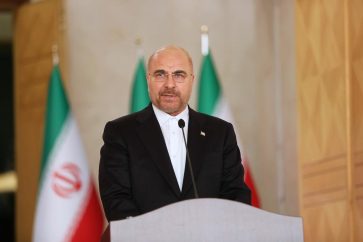Europe is going up against a very challenging winter this year; however, the next one will be even worse, International Monetary Fund (IMF) Chief Economist Pierre Olivier Gourinchas said Tuesday as Europe is up against the ropes in terms of energy prices.
“Winter 2022 will be challenging, but winter 2023 will likely be worse,” Gourinchas told reporters.
The chief economist also argued that Europe’s energy crisis was not a transitory shock, energy supplies’ geopolitical realignment is especially broad and permanent.
He pinpointed various policies used by Europe, such as price controls, targeted subsidies, and export bans, and explained that they could lead to additional increases in prices and inflation. “They rarely work,” Gourinchas stressed.
The Organization of the Petroleum Exporting Countries (OPEC)’s member states voted on Wednesday on cutting their production of oil and agreed to reduce their oil production by 2 million barrels a day in light of the world’s surging energy crisis.
As the global economy grapples with various challenges, he said, and with “policymakers continuing to normalize policy to tame high inflation, there is a risk of a disorderly tightening of global financial conditions that may be amplified by vulnerabilities built over the years.”
After months of debate, the EU reached an agreement to impose a price cap on Russian oil sales to third countries in an attempt to block Moscow’s use of EU-registered vessels for its oil exports, all while excluding pipeline deliveries from the 8th round of sanctions on Russia, Politico Europe reported on Tuesday.
The agreement was reached despite the opposition of Cyprus, Malta, and Greece, which had previously voiced their concern on the matter due to its impact on the shipping industry in the countries and have been promised concessions by Brussels that proposed measures induced through a “monitoring system” to help ease the effects of the embargo that might emerge as a “significant loss of business” if commercial vessels were to resort to reflagging.
This comes as data from the Gas Infrastructure Europe (GIE) association show that in September, the rate of gas injection into European underground gas storage facilities (UGS) decreased by about 30% to 0.25 percentage points per day.
Gas injection average rates into the European UGS comprised 0.45 percentage points in May, 0.37 percentage points in June, 0.36 percentage points in July, and 0.37 percentage points in August.
Typically, mid-October is when Europe’s heating season is expected to begin, albeit it was delayed until November the previous year, which means that the upcoming period will be notably harsh for Europe.
Source: Agencies (edited by Al-Manar English Website)




